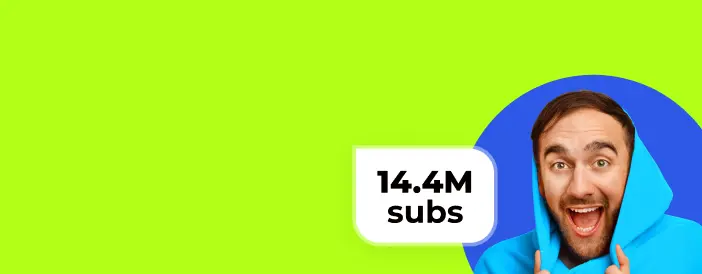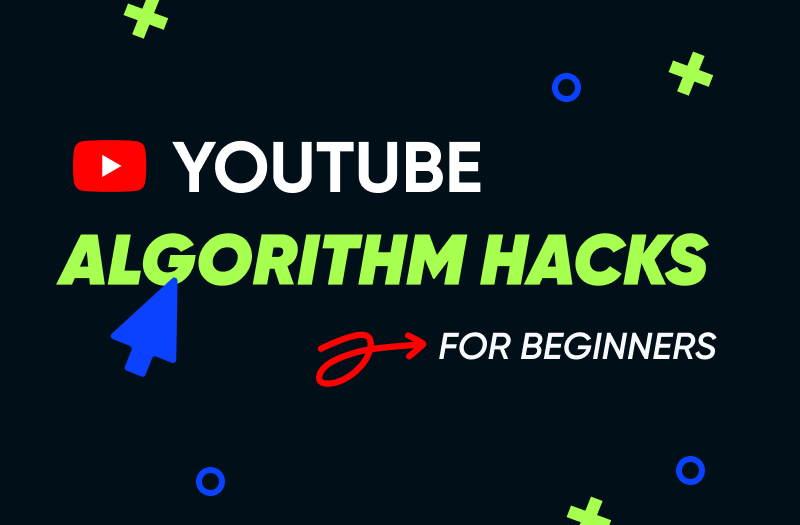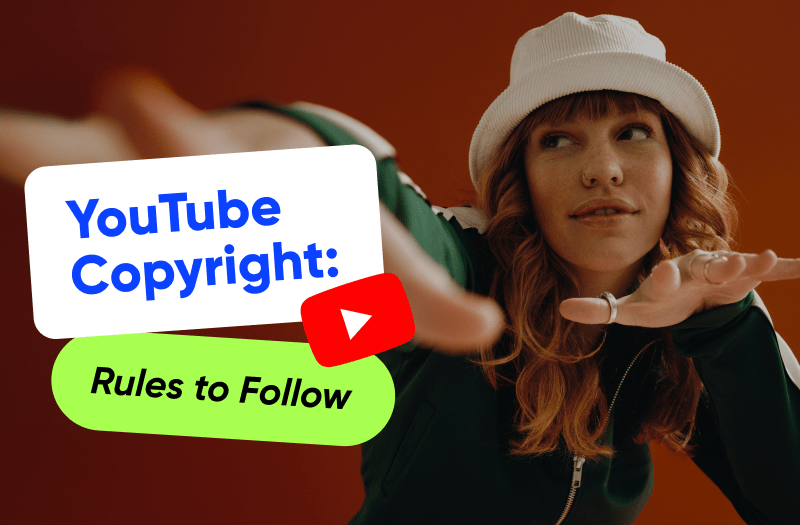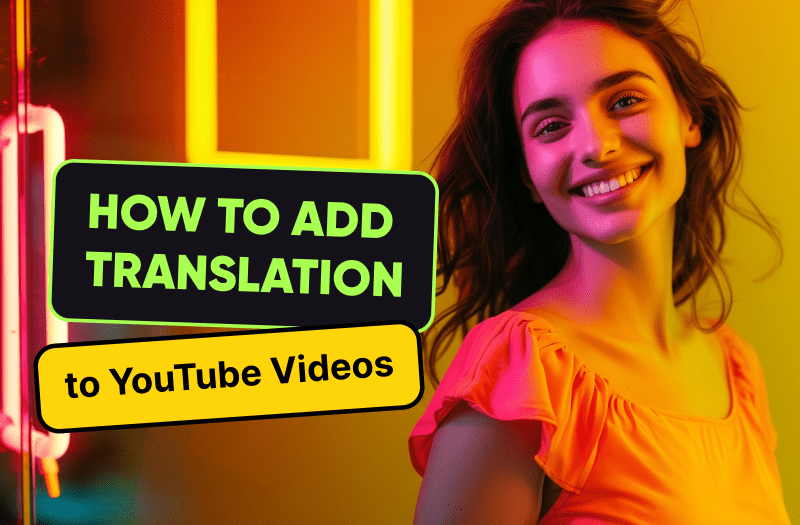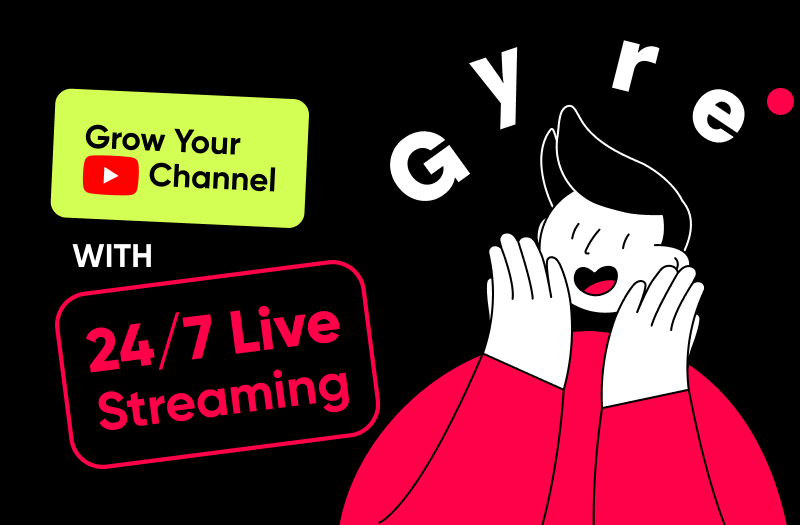
Time to break down all the tricky secrets behind the YouTube algorithm! Let’s begin.
As a content creator, you might wonder why some videos on YouTube receive millions of views while others struggle to reach even a few hundred. The answer lies in the YouTube algorithm. So, let's walk through the basics of how it works and how to manipulate it in your favor, playing by YouTube rules.
The Rise of YouTube as a Content Platform
Over the past decade, YouTube has transformed from a simple video-sharing website to the world's largest platform for content creators. With over 2 billion monthly active users and over 1 billion hours of video watched daily, it's no surprise that YouTube has become a top destination for brands and marketers looking to reach a global audience.
But with so much content uploaded daily, how does YouTube decide which videos to promote and which ones to bury? Today we are going to answer that question.
What is YouTube Algorithm?
In simple terms, YouTube's algorithm is a recommendation system. It serves as "the one" who decides which video comes up next while you are enjoying your favorite YouTube show or when you just opened YouTube.
Sounds simple, right? But things become much trickier when we delve deeper and realize that this algorithm considers a multitude of triggers that are hard to count. All of that with the goal to keep the views on the platform as long as possible. Moreover, the YouTube algorithm is constantly changing.
The good news is that we've helped thousands of creators leverage the power of YouTube algorithms, and we're ready to help you turn this complex system to your advantage as well. If you'd like to get personalized advice on YouTube algorithm workarounds, just reach out to us.
What is Important For The YouTube Algorithm?
Let's start with the basics. Although the YouTube algorithm takes a wide range of factors into account, there are three main triggers that remain at the top of its priority list.
- Watch Time: The amount of time viewers spend watching your video is crucial to determining its success. YouTube's algorithm favors videos with high watch time, as it indicates that viewers find the content engaging and valuable.
- Relevance: YouTube's algorithm also considers how relevant your video is to a viewer's search query or interests. If your video is closely related to what the viewer is looking for, it's more likely to appear in their search results.
- Engagement: The number of likes, comments, and shares your video receives also plays a role in its visibility on YouTube. A video with high engagement is seen as more valuable to viewers and is, therefore, more likely to be promoted by YouTube's algorithm.
How Does the YouTube Algorithm Work?
Ever wonder why YouTube seems to read your mind, suggesting videos you'd love as soon as you log in? It's all thanks to its algorithm!
YouTube has changed a lot since its evolution. Initially, there was no algorithm, and the number of likes and clicks determined which video would be shown on top. Later, an algorithm was introduced, recommending videos with the highest watch time, and many changes followed.
As of 2024, the YouTube algorithm is focused on each individual. This means that the system now tailors a list of video suggestions for every user.For instance, if you go to YouTube right now and search for insights from the VidCon Conference for Creators, just like we did, you'll get different recommended videos.
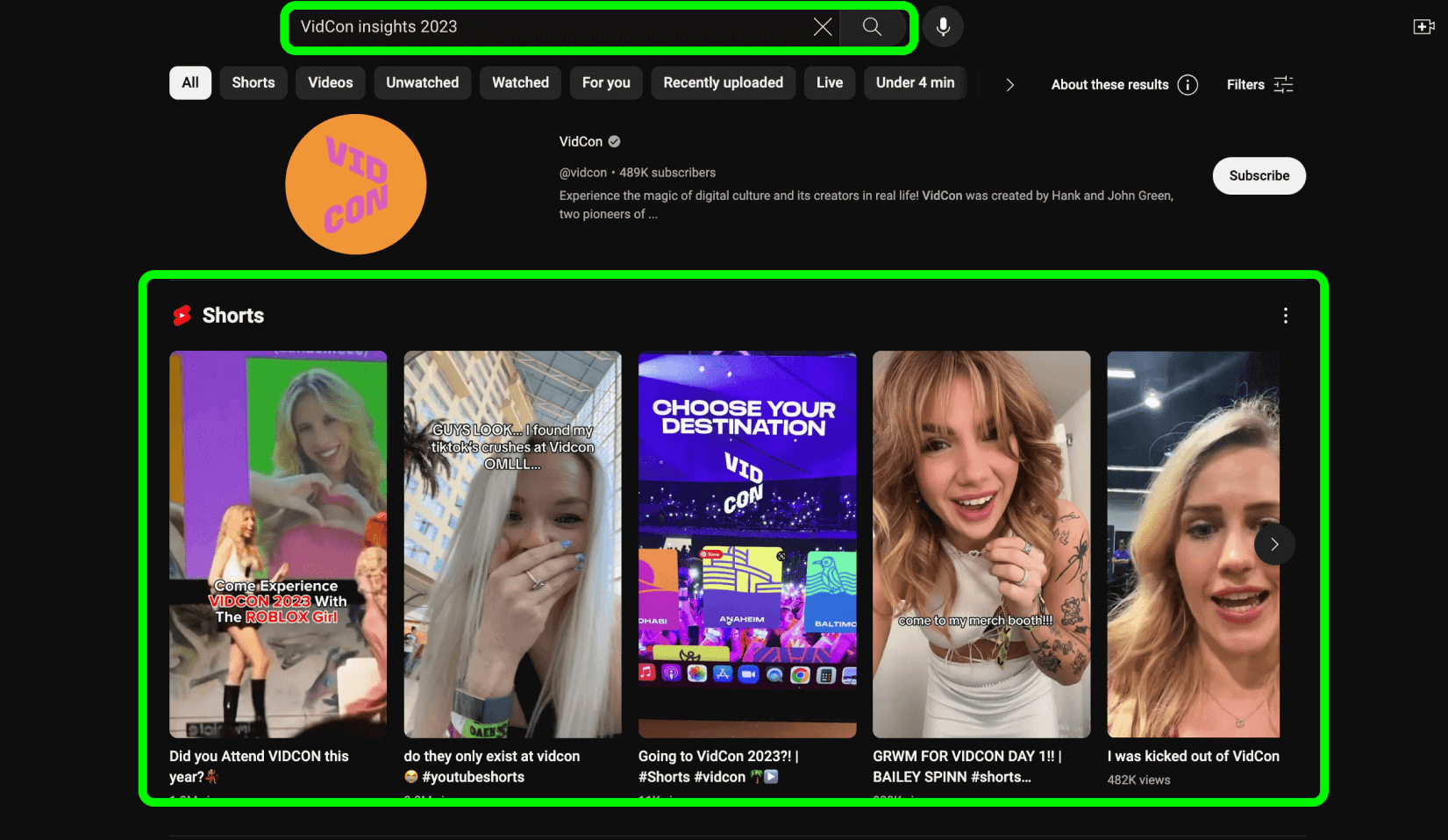
The YouTube algorithm now is more about the user, not the video. Here are some main points it takes into account when deciding what video to recommend to you:
- Were people interested in this video? You are most probably not the first person YouTube shows this video. It looks back at the recommendation results to see if people watch it, ignore it, or click "not interested" before.
- How engaging is the video? This is all about the Watch Time again. It considers not only the total watch time but also the average percentage viewed, to decide how popular it is.
- Did viewers like it? YouTube considers likes, dislikes, how much people interact with the video, and survey feedback after watching.
Overall, the algorithm picks videos based on their popularity and quality, but it also considers what you, the viewer, generally watch and enjoy.
YouTube Algorithm Affecting The Search Results
When you type a query into YouTube's search bar, the platform's algorithm sifts through its vast video library to find the most suitable content for you. It does this by focusing on two main aspects:
- Your behavior on the platform
- Keywords you've used in the search bar
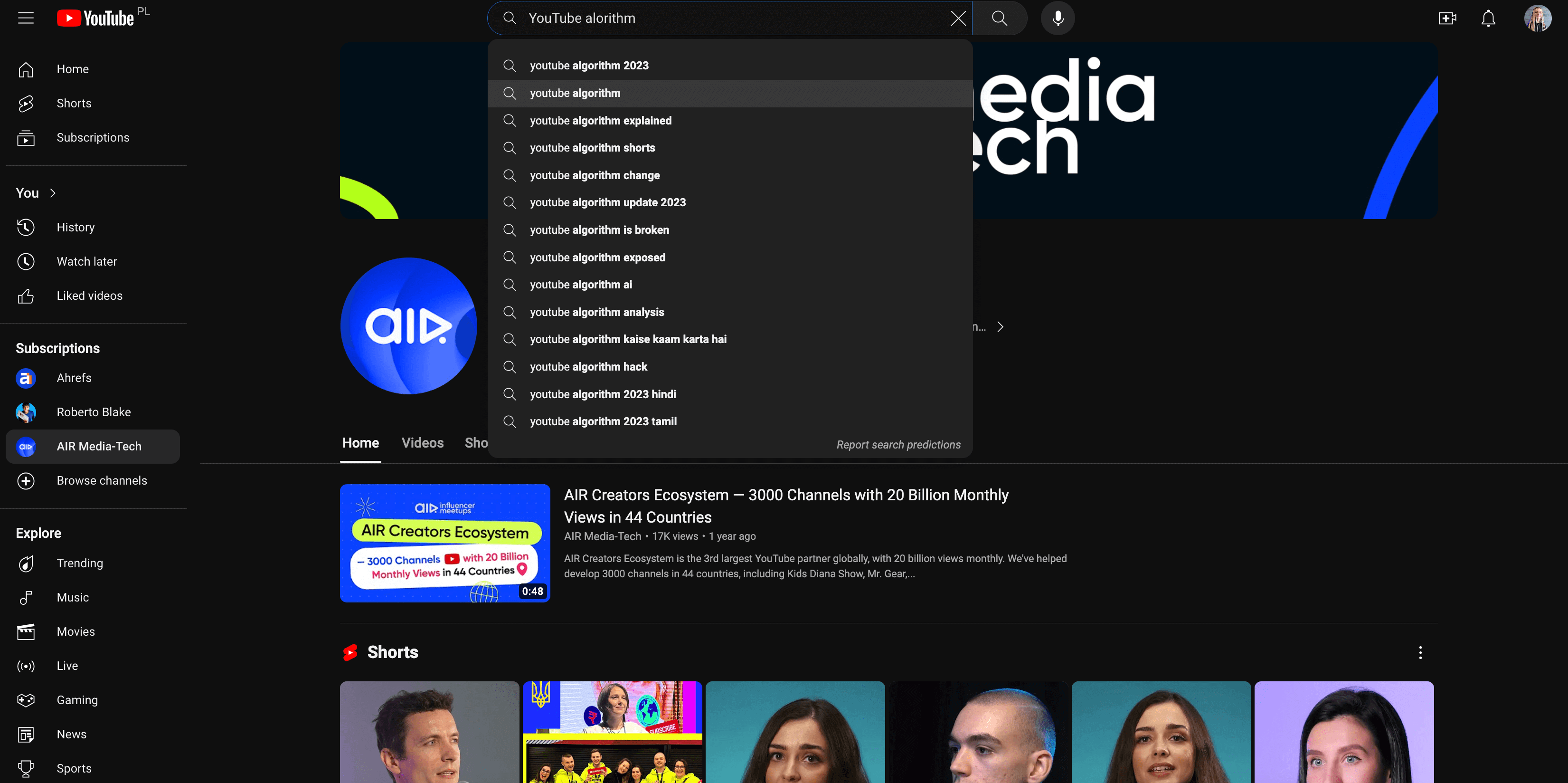
By considering these factors, it can narrow down the plethora of videos to a select few that it believes you'll enjoy the most. The videos are then ranked based on their:
- Engagement levels - views, shares, likes, comments
- Relevance to your query
At the same time, YouTube doesn't completely neglect content from new channels. The platform keeps it fair to fresh new creators by adding a share of randomization in its search results.
YouTube Algorithm Affecting The Recommended Videos
YouTube's algorithm suggests videos by following two main steps. First, it ranks videos based on how they're doing in terms of views, likes, and other stats. Second, it pairs these videos with users, taking into account what they've watched before and similar content. The goal is to connect viewers with videos they'll enjoy.
You'll usually see YouTube's suggestions in three main areas. The videos popping up here are often:
- From the channels you follow
- Linked to what you've watched before
- Highly engaging, with lots of watch time, likes, comments, and so on.
Also, depending on what you usually watch, you might see videos tied to your location, language, or other personal details.
5 Tips To Make The Algorithm Work For You
Now it is time to learn how to "hack" YouTube's algorithm Here are a few tips for optimizing your videos and getting them to rank on top!
1. Video Description Really Needs Your Attention
Don't underestimate the first 150 characters of your video description. This is one of the key ways for the YouTube algorithm to understand what your video is about and suggest it to the right person at the right time.
It's crucial to include relevant keywords right at the start of your video description. This is important because YouTube's ranking system prioritizes relevance. The more your description matches a user's search, the more likely your video is to be displayed. You can use tools like VidIQ to identify the most effective keywords for your video.
Make sure to check this complete YouTube SEO guide, to take your video's visibility to the next level.
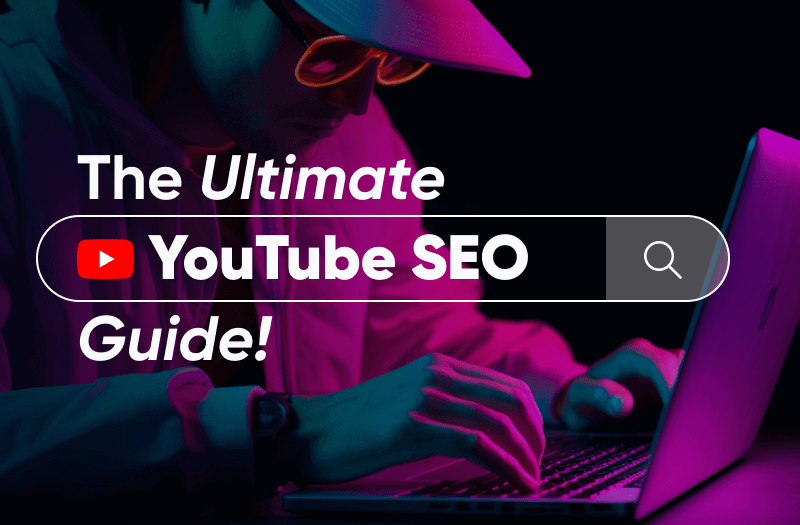
2. Post Regularly or Stream Around the Clock
Posting videos at least 1-3 times per week is super important. But we get it; maintaining a weekly upload schedule can be a tough task. That's why we've prepared a strategy you can use to keep attracting new viewers even when your schedule goes haywire — try continuous streams. With the Gyre tool, you can run them around the clock using your previously uploaded videos.
Give it a go, as streaming can significantly boost your visibility. Some of our partners have witnessed over 100 million impressions solely from continuous streams. Some even generated a staggering 93% of their channel's traffic through streams.
3. Keep your Audience Engaged Till the End
Getting your audience to like, comment, and share your videos boosts engagement, that's clear. But there's something less obvious but more important - increasing your channel's watch time. Aim to hold your viewer's attention for the entire video:
- Use storytelling, personal anecdotes, and examples to make your content engaging and relatable.
- Maintain interest by using suspense, teasers, and other attention-grabbing tactics in your video.
You can also explore these 11 tips to increase your audience engagement.
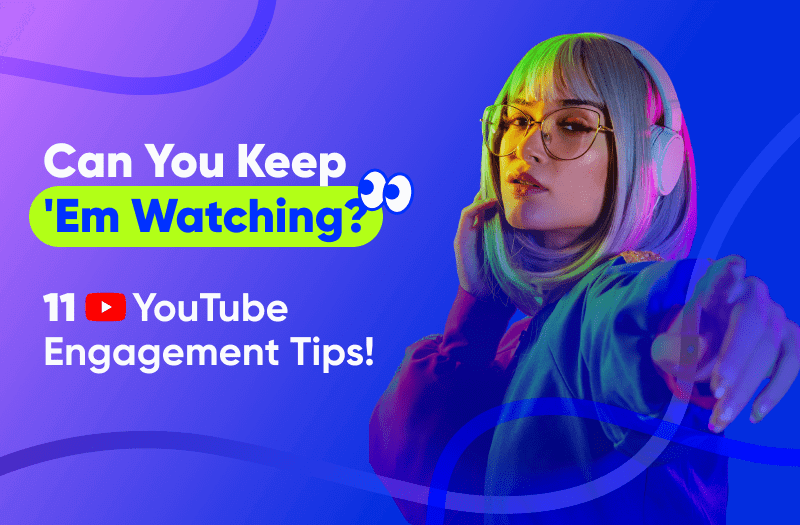
4. Optimize your Title and Thumbnail
The first thing to remember about titles and thumbnails is that they should be in harmony, complementing each other and conveying the same sense. When you're thinking of a title and a thumbnail, you can start by doing a bit of YouTube surfing:
- Type the topic of your video in a YouTube search bar and look at the videos that are ranking the highest.
- Analyze their titles, thumbnails, and descriptions.
- Look for relevant keywords that you can implement in your titles.
You can also add hashtags to your titles; these hashtags should consist of relevant keywords. We discussed how to find them in this YouTube SEO guide, remember? However, don't overuse hashtags; aim to stay within 1-3 hashtags.
Additionally, consider adding numbers to your YouTube titles. Numbers are typically associated with facts and can pique curiosity, encouraging viewers to watch your video.
When it comes to titles, try to stay within character limits. On YouTube, it's 100 characters, but it's better to keep it around 80 characters. Otherwise, YouTube might cut off the end of your title using three dots on some devices.
Remember to avoid misleading titles just to get clicks - YouTube is not a big fan of clickbait content. Instead, make your titles honest and clear about what the video is about. This way, you'll build trust with your audience and YouTube will like your content more.
5. Keep Up with YouTube Algorithm Dynamic
As has already been mentioned, the YouTube algorithm is not static. Here are just a few recent examples:
- YouTube algorithms have begun to favor continuous streams, showing them above regular content.
- Additionally, it pays a lot of attention to YouTube Shorts, which has become a great feature for attracting more views to your main channel content.
There are many changes under the hood of the YouTube algorithm that are important to follow so you can leverage YouTube to its full potential. The easy way to do this is to join us. AIR Media-Tech is a YouTube Certified Partner, meaning we are always hands-on with all the latest updates and can help you 'hack' the algorithm to maximize your results. Drop us a line, and we'll share all the insights with you!
The final message we'd like to leave you with is that the algorithm's job is to provide the perfect content to each individual viewer. So, stop making videos for the algorithm! Instead, aim to satisfy that one viewer, and you'll have the algorithm playing for your team!
